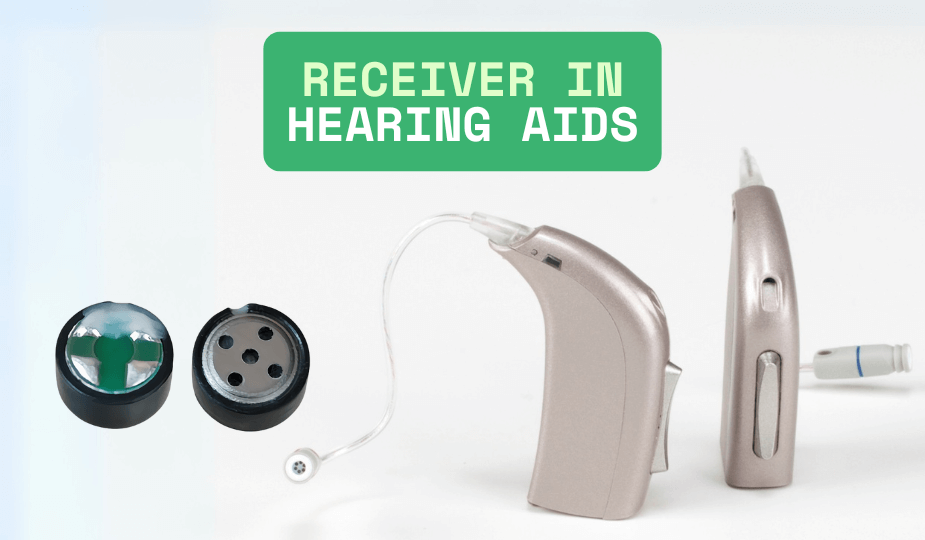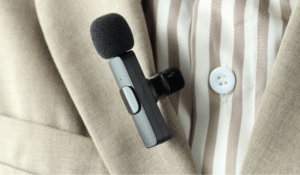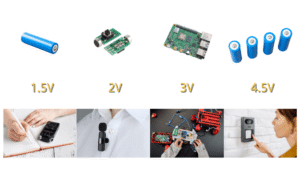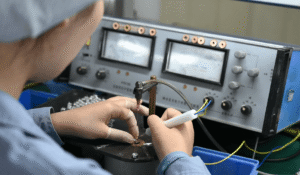
Hearing loss affects millions of people worldwide, and the ability to hear clearly can greatly impact daily life. From communication to enjoying the sounds of the world, hearing loss can make these tasks challenging. Fortunately, modern hearing aids are designed to help individuals regain access to these sounds, improving their quality of life. These devices rely on a number of carefully engineered components, and one of the most crucial parts is the receiver.
The receiver in a hearing aid is responsible for converting electrical signals into sound. It plays an important role in ensuring that the sound output from the hearing aid is clear and natural. Although the receiver itself is an internal component and not visible to the wearer, its performance is essential for the overall functionality of the device.
What Is a Hearing Aid Receiver?
The receiver is the component within the hearing aid that transforms the amplified electrical signals into sound. After the microphone picks up environmental sounds, the receiver takes these signals and converts them into audio that the user can hear. The quality of the receiver determines how effectively these sounds are reproduced, directly impacting the user’s experience.
Compact and Comfortable Design
One of the key benefits of modern hearing aid receivers is their compact design. As hearing aids continue to evolve, manufacturers have focused on creating smaller, more efficient components that still deliver excellent performance. With a diameter of just 6.2 mm, these receivers allow for a more comfortable, discreet fit within the hearing aid, without compromising sound quality.
This smaller size offers several important advantages:
- Comfort: A compact receiver ensures that the hearing aid remains comfortable, even when worn for long periods of time.
- Discreetness: The small size of the receiver makes the hearing aid less noticeable, which can be important for users who prefer a more subtle solution.
- Space-saving: The smaller receiver allows for more efficient use of space inside the hearing aid, making the device lighter and easier to wear.
Clear Sound with Wide Frequency Response
The performance of the receiver is crucial in ensuring that the sound output is clear and accurate. With a wide frequency response range of 20Hz to 20kHz, these receivers enable users to hear both low and high-frequency sounds with clarity, helping them to distinguish between different types of sounds, whether it’s speech in a noisy environment or high-pitched sounds like birds chirping.
This broad frequency range allows for a more natural hearing experience, ensuring that users do not miss important details in their environment.
Low Distortion for Natural Sound
Another important feature of modern hearing aid receivers is low total harmonic distortion (THD). THD refers to the unwanted modifications of sound signals during conversion, which can result in unnatural or muffled sound. Receivers with low THD ensure that the sound produced remains clear and as close to the original sound as possible.
This is particularly important for speech clarity, as it helps users follow conversations in various settings. By minimizing distortion, the receiver ensures that the hearing aid delivers high-quality sound without compromising naturalness.
Efficient Design for Long-lasting Use
Efficiency is another key factor when it comes to hearing aid receivers. The use of high-quality materials, such as copper voice coils and neodymium (NdFeB) magnets, contributes to the receiver’s ability to produce clear sound while consuming minimal power. This efficiency is important for maximizing the battery life of hearing aids, allowing users to enjoy longer periods of use before needing to recharge or replace batteries.
Although the receiver is an internal component, it is one of the most important parts of any hearing aid. Its role in converting electrical signals into sound makes it essential to the overall performance of the device. With a compact size, wide frequency range, and low distortion, this receiver ensures a clear and natural listening experience, contributing to the overall comfort and effectiveness of the hearing aid.
As hearing aid technology continues to improve, the performance of internal components like the receiver will only become more refined, providing users with even better sound clarity and comfort. For those seeking reliable, high-quality performance, this receiver is an excellent choice for ensuring optimal hearing aid functionality.
For more information about our micro dynamic receiver for hearing aids and other applications, visit our product page: Micro Dynamic Receiver for Hearing Aids.


